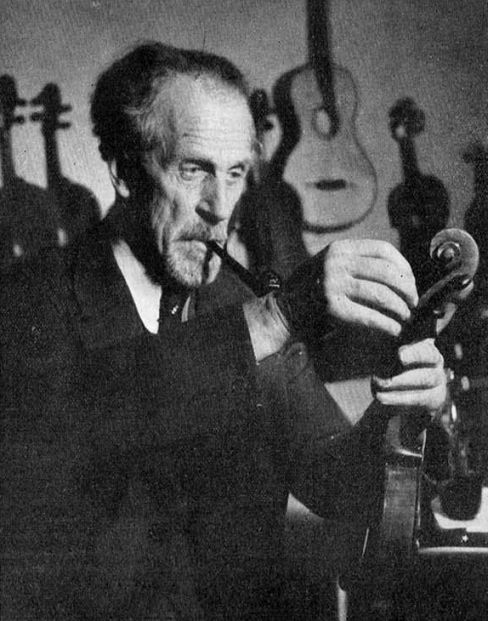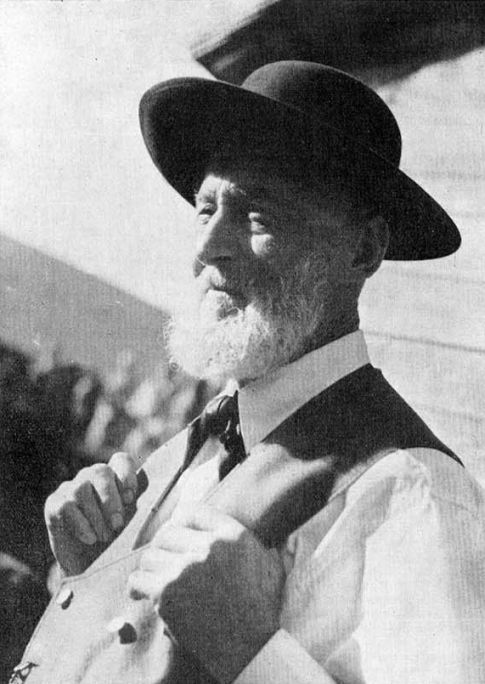By Plinio Correa de Oliveira
There is a revolutionary egalitarianism whose first herald was the devil when he professed his “non serviam” and which consists in demeaning, debasing and degrading all things out of hatred for any hierarchy, authority or prominence. Throughout the crisis opened with Protestantism and brought to a head by communism, the influence of this egalitarianism has become ever more dominant and has resulted in the implementation, among western peoples, of an increasingly coarse, materialistic and vulgar lifestyle. In the wealthier classes this phenomenon is expressed by a progressive deterioration of good taste, manners and culture, and an almost unbridled appetite for sensual and materialistic pleasures. In the poorer classes, it is expressed by increasingly subjecting man to machine, by ever growing brutalization, and by a revolt which the bad and contagious example of the “elites” does nothing but worsen. Obviously there are examples of meritorious resistance to this avalanche both among rich and poor. However, it would be impossible not to recognize that this mighty typhoon of egalitarianism produces its ravages in all spheres of contemporary life.

“In the wealthier classes this phenomenon is expressed by a progressive deterioration of good taste, manners and culture…”
2015 Modern kitchen. Photo taken by Böhringer.
The Church also has her egalitarianism. But how different it is! While recognizing the diversity of wealth and social classes not only as inevitable but also proper, legitimate and beautiful, the Popes have insistently preached peace and collaboration between them and vehemently condemned class struggle. But the Church teaches that in order to have a peace in conformity with Our Lord Jesus Christ, the right to a dignified, stable, peaceful and decorous life should be recognized to all men. As a consequence, the true Catholic should be mindful not only of protecting authentic elites constituted by virtue, education, tradition and knowledge, but also to illuminate the living conditions of the less favored classes of society with dignity, tranquility, beauty, and above all, virtue.
* * *
It is proper to this section to illustrate principles with examples. In contrast to the run-of-the-mill modern proletarian, an unfortunate victim of neo-pagan mechanistic egalitarianism, here are two popular figures that express something of that beauty and dignity of the simple life we just talked about.
Since a sound global movement tends to reinstate the German nation in the fellowship and friendship of peoples, it is with great pleasure that we have chosen as an example two popular German types, one rural, and one urban.
* * *
This vigorous peasant from Bernau, in the Black Forest, likely does not know Greek or Latin, understands little of politics and hardly reads newspapers. However, his robust and as it were youthful old age shows an admirable racial type who has behind him a long tradition of generations of well-fed peasants living in a calm environment and endowed with remarkable physical and mental balance. While this peasant is strictly a peasant, he has something regal, a whiff of patriarchal splendor which is reflected not only on his abundant and lily white beard but in his erect bearing, undisturbed self-assured physiognomy, and resolute look of a man accustomed to see far and clearly and to cover large areas with his authority as a “pater familias”. Granted, he knows neither Homer nor Virgil but — something much more glorious – had Homer or Virgil known him they would probably have devoted to him some nice reference that immortalized his name or human type.
This man is clearly the product of an entire environment, the standard of a whole society, a fruit full of vigor of a whole order of things in which the popular element, while remaining popular, finds the dignified and abundant living conditions he should have in a Catholic civilization.
And now to the violin maker: Mittenwald in Upper Bavaria already existed in the fourteenth century. From the seventeenth century it was noted for its violin industry, still flourishing to this day. This specialist is evidently far from being a sage or a university professor. He is a handyman. But how much intelligence shines in his eyes, how much perseverance on his face, what admirable habit of methodical, intense and calm work shows through the gesture he is performing, what perfect skill and transparent splendor of his craft can be seen in his whole being. He is a man who, in a modest profession finds dignified living conditions capable of justifying a true and noble pride.
* * *
Of course, each concrete example, by the very fact of being concrete, is dressed in certainly legitimate historical, personal or local characteristics but may vary according to the times and places. What interests us in these examples is their universal aspect: the beauty and dignity of a simple life understood in the light of Catholic civilization.
That is what transpires in the well-being that each of these men feels in his profession. The peasant is strong, healthy, prosperous; the artisan has a sickly and prematurely aged body reminiscent of the still recent hardships of war, so much heavier for city dwellers than for those of the fields; but both have a soul full of satisfaction for being able, respectively, to cultivate the land and to make violins.
Ambience Customs & Civilization, No. 51 – March, 1955










